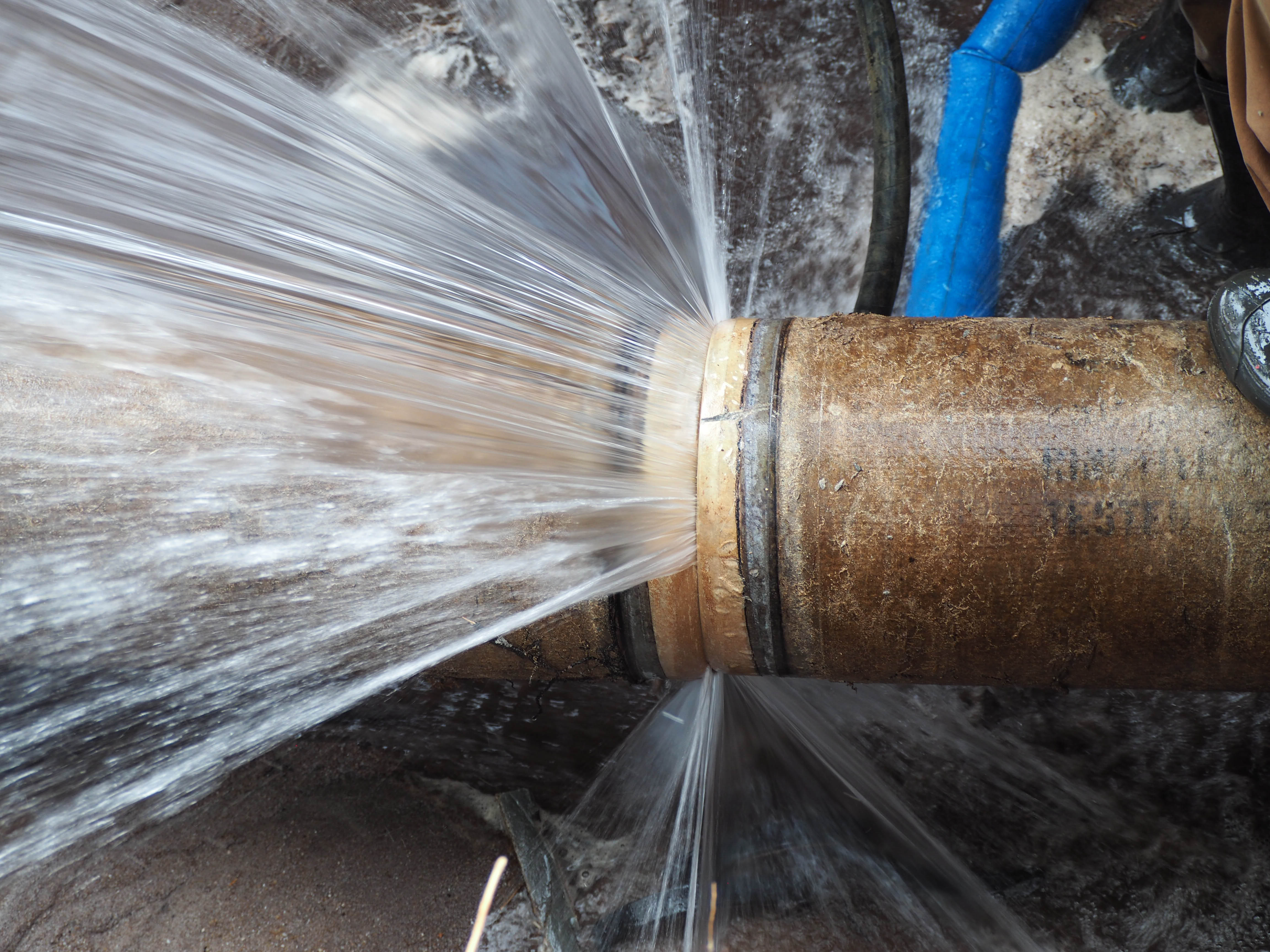Have you been trying to find information and facts concerning How to prepare your home plumbing for winter weather?

Winter can damage your pipes, especially by freezing pipes. Right here's exactly how to prevent it from happening and what to do if it does.
Introduction
As temperatures decrease, the risk of icy pipelines boosts, potentially resulting in costly fixings and water damage. Understanding how to stop frozen pipelines is vital for homeowners in cool climates.
Recognizing Frozen Pipes
What creates pipes to freeze?
Pipes ice up when exposed to temperatures listed below 32 ° F (0 ° C) for expanded periods. As water inside the pipes freezes, it broadens, taxing the pipeline wall surfaces and potentially creating them to burst.
Risks and problems
Icy pipelines can result in supply of water disruptions, property damage, and costly repair services. Ruptured pipelines can flooding homes and create extensive structural damage.
Indicators of Frozen Pipeline
Identifying frozen pipes early can avoid them from rupturing.
Exactly how to determine frozen pipelines
Look for lowered water circulation from taps, unusual smells or sounds from pipes, and visible frost on exposed pipelines.
Avoidance Tips
Insulating vulnerable pipes
Cover pipelines in insulation sleeves or use heat tape to shield them from freezing temperatures. Focus on pipes in unheated or outside locations of the home.
Home heating techniques
Maintain indoor areas sufficiently heated, specifically areas with plumbing. Open closet doors to allow warm air to flow around pipes under sinks.
Protecting Outside Pipes
Yard tubes and outside faucets
Separate and drain yard pipes before wintertime. Install frost-proof faucets or cover outside taps with shielded caps.
What to Do If Your Pipes Freeze
Immediate actions to take
If you think frozen pipes, keep taps open up to soothe stress as the ice melts. Utilize a hairdryer or towels soaked in warm water to thaw pipelines slowly.
Long-Term Solutions
Architectural adjustments
Take into consideration rerouting pipes far from exterior walls or unheated locations. Add additional insulation to attic rooms, basements, and crawl spaces.
Upgrading insulation
Purchase top quality insulation for pipes, attic rooms, and wall surfaces. Proper insulation assists preserve regular temperature levels and decreases the danger of frozen pipelines.
Final thought
Protecting against icy pipes requires proactive steps and quick reactions. By comprehending the causes, indicators, and preventive measures, homeowners can secure their plumbing during cold weather.
6 Proven Ways to Prevent Frozen Pipes and Protect Your Home
Disconnect and Drain Garden Hoses
Before winter arrives, start by disconnecting your garden hoses and draining any remaining water. Close the shut-off valves that supply outdoor hose bibs and leave the outdoor faucet open to allow any residual water to drain. For extra protection, consider using faucet covers throughout the colder months. It’s also important to drain water from any sprinkler supply lines following the manufacturer’s directions.
Insulate Exposed Pipes
Insulating your pipes is an effective way to prevent freezing. Pipe insulation is readily available at home improvement stores and is relatively inexpensive. Pay close attention to pipes in unheated areas such as the attic, basement, crawl spaces, or garage. Apply foam insulation generously to create a buffer against the cold. You can also wrap your pipes in heat tape or thermostat-controlled heat cables for added warmth.
Seal Air Leaks
Inspect your home for any cracks or openings that could let in cold air. Seal any holes around the piping in interior or exterior walls, as well as the sill plates where your home rests on its foundation. Additionally, make sure to keep your garage door closed unless you’re entering or exiting. Leaving it open creates a significant air leak that can lead to frozen pipes.
Allow Warm Air Circulation
During cold snaps, it’s essential to allow warm air to circulate evenly throughout your home. Leave interior doors ajar to promote better airflow. Open kitchen and bathroom cabinets to help distribute heat consistently around the rooms. If you have small children or pets, be sure to remove any household chemicals or potentially harmful cleaners from open cabinets for safety.
Let Faucets Drip
A small trickle of water can make a big difference in preventing ice formation inside your pipes. When temperatures drop significantly, start a drip of water from all faucets served by exposed pipes. This continuous flow helps prevent the water from freezing. Additionally, running a few faucets slightly can relieve pressure inside the pipes, reducing the chances of a rupture if the water inside does freeze.
https://choateshvac.com/6-proven-ways-to-prevent-frozen-pipes-and-protect-your-home/

Do you really like more info about Prevent Frozen Pipes ? Try to leave a remark below. We would be happy to hear your responses about this page. We hope to see you back again before long. If you enjoyed our blog posting please consider to pass it around. We love your readership.
Click For More Info